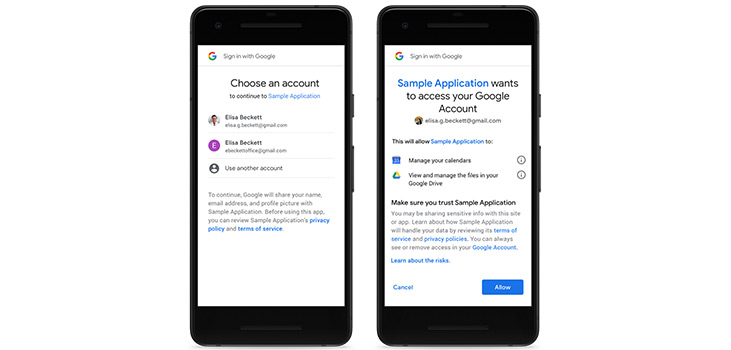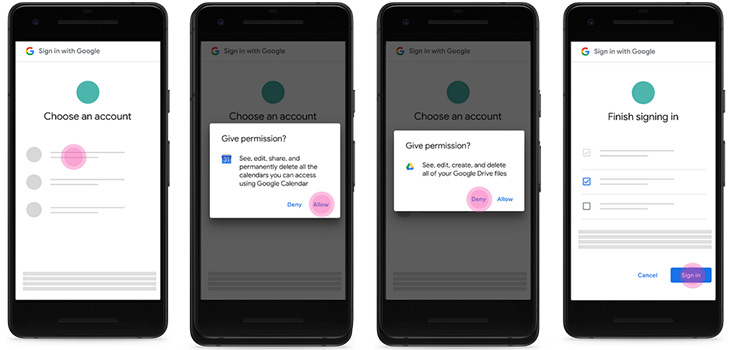While Google’s engineering team have put a lot of effort into building Google+ over the last few years, it has not achieved broad consumer or developer adoption, and has seen limited user interaction with apps. Thus, Google is shutting down Google+ for consumers.
“The consumer version of Google+ currently has low usage and engagement: 90 percent of Google+ user sessions are less than five seconds,” Google said in a blog post.
The company also discovered a bug in March last year that could leak users’ data.
“This data is limited to static, optional Google+ Profile fields including name, email address, occupation, gender and age. It does not include any other data you may have posted or connected to Google+ or any other service, like Google+ posts, messages, Google account data, phone numbers or G Suite content,” added Google.
The bug was immediately patched in March 2018. However, a detailed analysis over the two weeks prior to patching the bug, revealed that profiles of up to 500,000 Google+ accounts were potentially affected.
“The review did highlight the significant challenges in creating and maintaining a successful Google+ that meets consumers’ expectations. Given these challenges and the very low usage of the consumer version of Google+, we decided to sunset the consumer version of Google+,” said Ben Smith Fellow and Vice President of Engineering.
To give people a full opportunity to transition, we will implement this wind-down over a 10-month period, slated for completion by the end of next August. Over the coming months, we will provide consumers with additional information, including ways they can download and migrate their data, added Ben.
According to Ben, the review showed that Google+ is better suited as an enterprise product where co-workers can engage in internal discussions on a secure corporate social network. Enterprise customers can set common access rules, and use central controls, for their entire organisation.
Google has now decided to focus on enterprise efforts and will be launching new features purpose-built for businesses.
The company also announced new granular Google Account permissions that will show in individual dialog boxes. Instead of seeing all requested permissions in a single screen, apps will have to show you each requested permission, one at a time, within its own dialog box. For example, if a developer requests access to both calendar entries and Drive documents, you will be able to choose to share one but not the other.

Now, permissions will look like this.

Google has also updated their User Data Policy for the consumer Gmail API to limit the apps that may seek permission to access your consumer Gmail data. Only apps directly enhancing email functionality—such as email clients, email backup services and productivity services (e.g., CRM and mail merge services)—will be authorised to access this data. Moreover, these apps will need to agree to new rules on handling Gmail data and will be subject to security assessments.
“We are limiting apps’ ability to receive Call Log and SMS permissions on Android devices, and are no longer making contact interaction data available via the Android Contacts API,” Ben said.
Going forward, only an app that you’ve selected as your default app for making calls or text messages will be able to make these requests.
